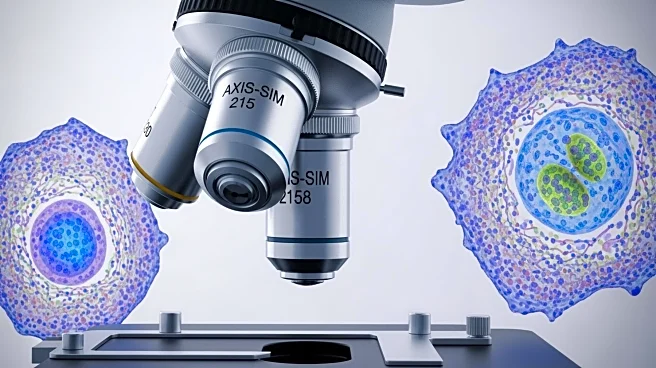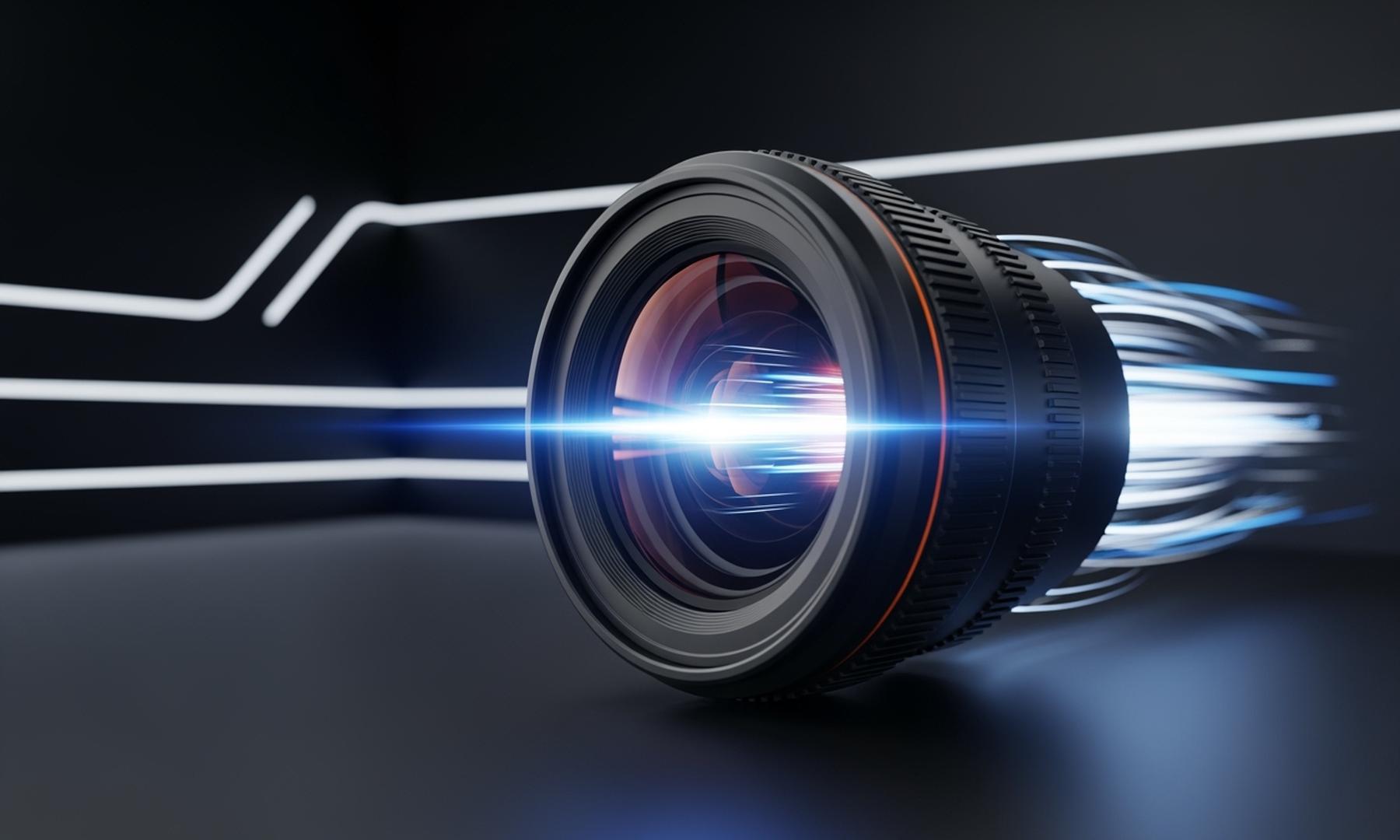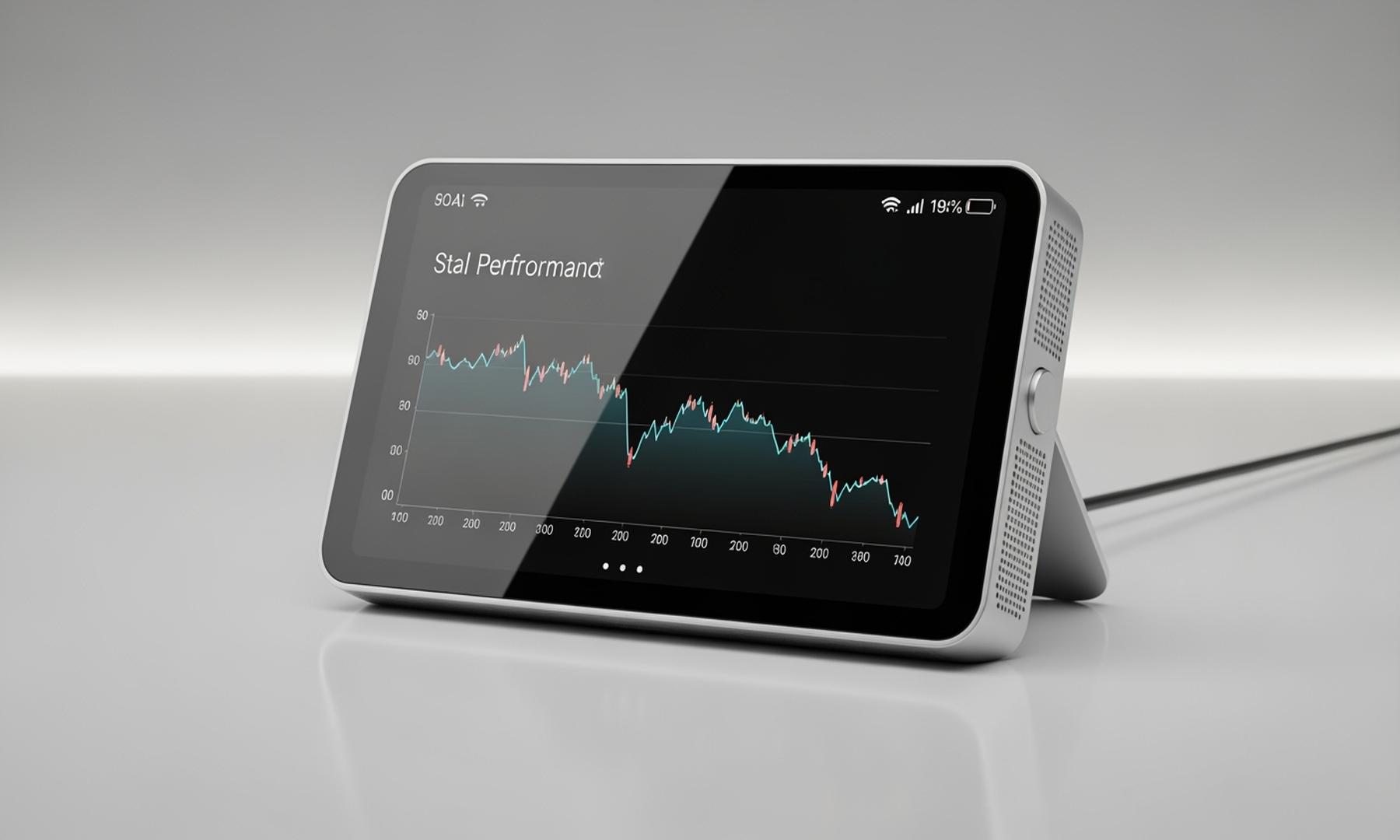What's Happening?
Recent advancements in protein mapping within human cells have been achieved through the use of AXIS-SIM technology. This innovative approach utilizes axial interference speckle illumination microscopy to enhance the resolution of cellular imaging. The
technology allows for precise 3D visualization of cellular structures, such as lysosomes and microtubules, by reducing axial elongation and improving optical sectioning capabilities. AXIS-SIM has demonstrated significant improvements in axial resolution, enabling detailed tracking of intracellular processes and dynamic cellular interactions. The method has been applied to various cell types, including U2OS and U-87 MG cells, providing clearer insights into cellular morphology and function.
Why It's Important?
The development of AXIS-SIM technology represents a significant leap forward in the field of cellular imaging and protein mapping. By enhancing the resolution and accuracy of 3D imaging, researchers can gain deeper insights into cellular functions and disease mechanisms. This technology has the potential to advance biomedical research, particularly in understanding complex cellular interactions and processes. The ability to track rapid dynamics within cells could lead to breakthroughs in disease diagnosis and treatment, benefiting medical research and healthcare industries. Furthermore, AXIS-SIM's application in multicolor imaging expands its utility in studying diverse biological systems.
What's Next?
The continued application and refinement of AXIS-SIM technology are expected to further enhance its capabilities in cellular imaging. Researchers may explore its use in larger-scale imaging projects, potentially expanding its application to other areas of biological research. The technology's ability to provide high-resolution imaging in multicolor formats suggests future developments in studying complex cellular environments and interactions. As AXIS-SIM becomes more widely adopted, it could lead to new methodologies in biomedical research, influencing both academic and commercial sectors.
Beyond the Headlines
AXIS-SIM technology not only improves imaging resolution but also offers ethical advantages by potentially reducing the need for animal testing. By providing detailed insights into human cellular processes, it supports the development of alternative research methods that mimic human organs and tissues. This aligns with broader scientific goals of reducing reliance on animal models and enhancing the accuracy of human-based research.















